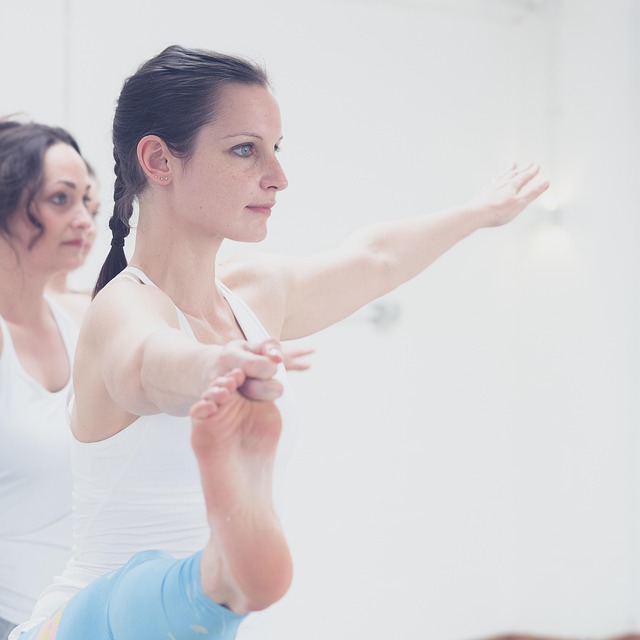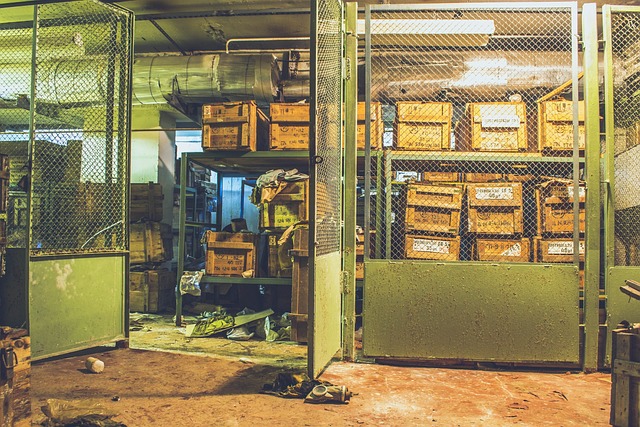Mastering White Balance: A Photographer’s Guide to Optimal Color Capture
As photographers, we often find ourselves immersed in a world of colors. Each image we capture is a reflection of the hues that surround us. Yet, there’s one element that can make or break the visual narrative—white balance. This fundamental aspect of photography is crucial in ensuring that the colors in your photos appear as they do in real life. Let’s delve deeper into the nuances of white balance and how mastering it can elevate your photography.
Understanding the Concept of White Balance
At its core, white balance is all about accurately reproducing the colors of the scene in your photographs. Different light sources, like sunlight, fluorescent bulbs, or incandescent lamps, emit varying color temperatures. Your camera’s job is to interpret these temperatures and adjust accordingly, ensuring that whites appear white and colors are correctly rendered.
The Impact of Lighting Conditions
Every photographer knows that lighting can drastically alter the mood of an image. Whether you’re shooting in natural sunlight or a dimly lit café, the type of light will influence your photo’s overall tone. For outdoor photography, the golden hour offers soft, warm tones, while harsh midday sun can produce strong shadows. Understanding how to manipulate white balance settings on your camera allows you to counteract these effects and capture the intended emotion of the moment.
Utilizing Camera Settings
Modern cameras come equipped with a variety of white balance settings, allowing you to switch between presets like daylight, cloudy, tungsten, and fluorescent. Experimenting with these will enable you to find the optimal balance for each shooting scenario. In addition to presets, setting a custom white balance using a gray card can yield stunning results, ensuring colors are true to life.
Post-Processing Magic
Even with the best efforts during shooting, sometimes adjustments are necessary in post-processing. Programs like Adobe Lightroom or Photoshop offer powerful tools to fine-tune white balance levels. The temperature and tint sliders provide an intuitive way to balance out any discrepancies, offering you creative freedom to reimagine your photo’s color palette.
The Journey of Discovery
Embracing the art of mastering white balance is a journey every photographer should undertake. It’s not merely a technical skill; it’s about connecting deeper with your subject, understanding the ambiance, and conveying emotions through color. As you play with various settings and lighting conditions, you’ll uncover your unique style, allowing your images to resonate with viewers.
So grab your camera, explore different environments, and experiment with white balance. Each click of the shutter is an opportunity to capture the essence of your subject and translate that connection into vibrant, stunning photographs that tell a story.


